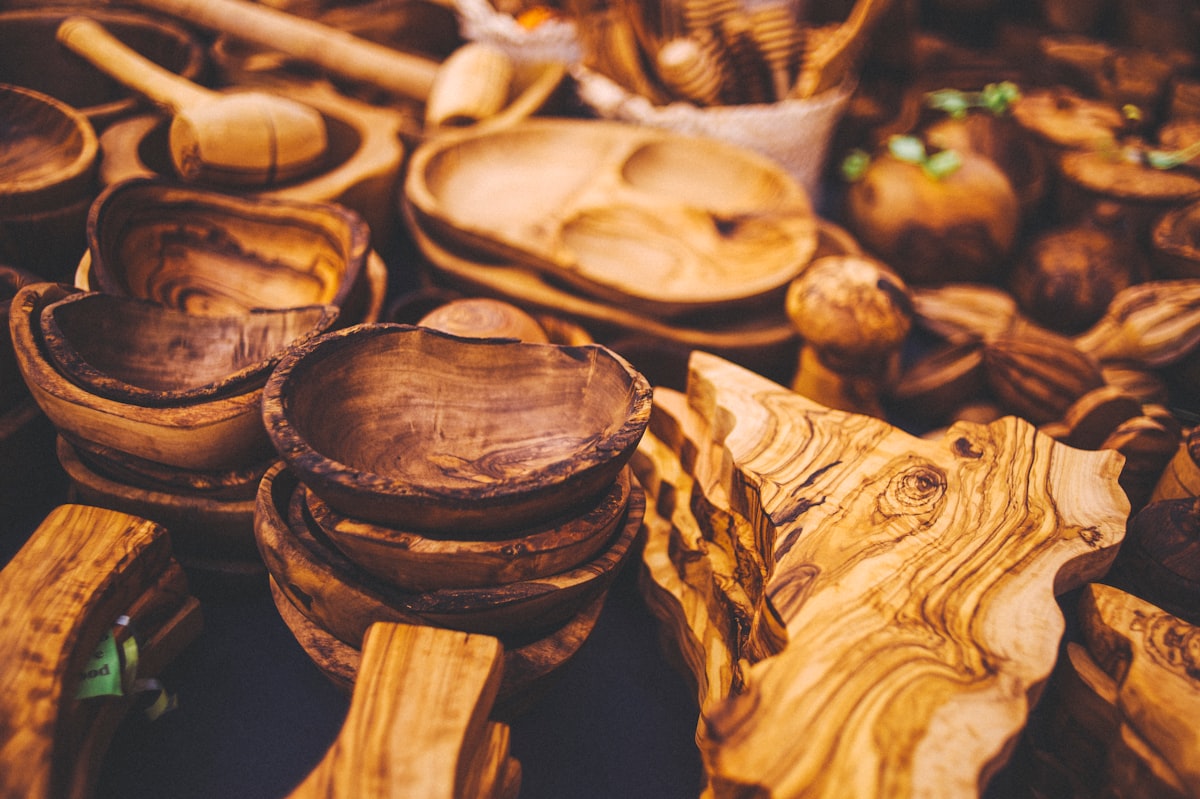Sustainable Use of Olive Tree Wood
Discover the sustainable use of olive tree wood in an informative article. Learn about harvesting, reusing, recycling, and the wood's unique visual appeal. Get a deeper understanding on how to preserve the environment and natural resources.

Olive trees are known for their long lifespan and ability to produce olives for hundreds of years. But when an olive tree is no longer productive or poses a danger, it needs to be removed. Olive tree wood can be a valuable resource if sustainably harvested and used.
- Harvesting: When an olive tree is cut down, it should be done so in a sustainable manner. This means that only the necessary number of trees should be removed, and they should be replaced with new trees. Additionally, the wood should be harvested during the dormant season to minimize damage to the ecosystem.
- Reusing: Olive tree wood can be used for a variety of purposes, such as construction, furniture-making and decoration. The wood is highly durable and resistant to rot, making it a valuable resource for outdoor and indoor use. By reusing the wood instead of discarding it, we can reduce the need to cut down more trees.
- Recycling: Olive tree wood can also be recycled and turned into other products such as charcoal or paper. This not only reduces the need for virgin materials but also helps to reduce waste.
- Planting new trees: An important aspect of sustainable use of olive tree wood is to replace the cut down trees. Planting new trees helps to maintain the ecosystem and also ensures a continuous supply of olive tree wood.
In conclusion, sustainably using olive tree wood is an important aspect of preserving the environment and natural resources. By harvesting and reusing the wood for construction, furniture-making and decoration, recycling it and planting new trees, we can ensure that the olive tree wood is used in a responsible and sustainable manner. The wood has a unique and beautiful appearance, featuring a natural patina and characteristic grain patterns, making it a highly sought after material for decorative and functional purposes.

